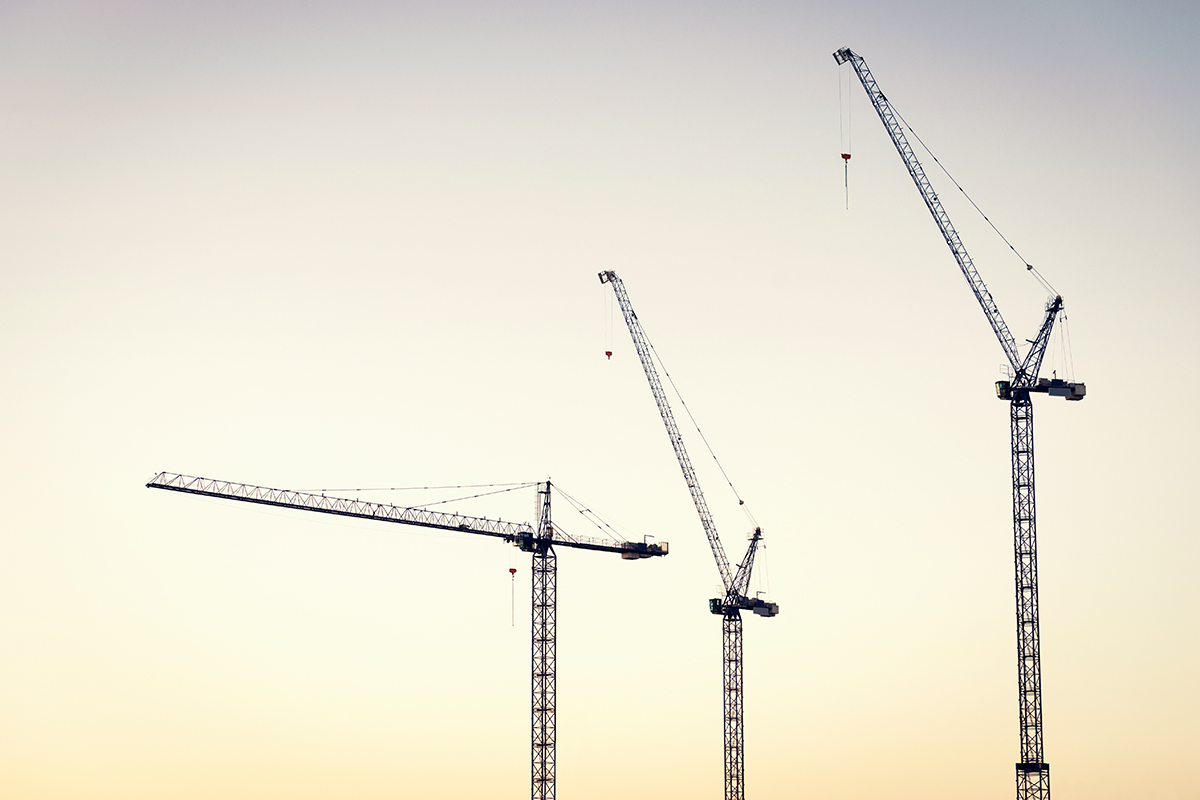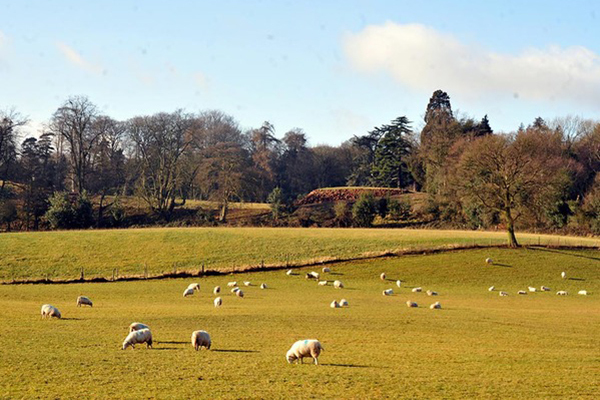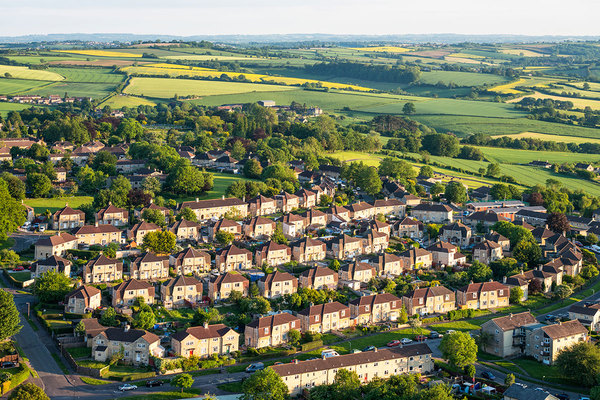You are viewing 1 of your 1 free articles
Protecting the countryside is not the same as protecting the green belt
Building on brownfield sites alone, and holding the green belt sacrosanct, will not help us to build the homes we need, argues Ruth Davison
In February, I wrote about the green belt for this magazine as part of a debate with the Campaign to Protect Rural England (CPRE).
Now, less than six months later, it’s déjà vu as the CPRE has written another report arguing that we shouldn’t release sites in the green belt.
Although, this time they argue it’s because not enough affordable housing is being built to justify it.
“In many ways, we’re just talking past one another.”
Meanwhile, the Daily Mail has published a front-page article criticising Liz Truss for suggesting that solving the housing crisis means building on sites in the countryside.
But, in reality, how much difference in opinion is there between what we’re all arguing for? In many ways, we’re just talking past one another.
On the fundamental issues, we agree with the CPRE that we do need to make the best use of our countryside, including the green belt.
And we agree that it’s not just about the numbers of homes we build – tenure is just as important.
Our recent research shows that we need to be building 340,000 homes every year to meet demand. But if these are all expensive detached family houses for sale on the open market, it will do nothing to solve the housing crisis.
Around 145,000 of the homes we build must be affordable homes, or else we will be doing nothing to help people whose needs are not met by the open market.
Of course, in doing this, it’s important that we continue to protect the countryside that is vital for our well-being and underpins thousands of communities.
However, the green belt, as we all know, is a misnomer – much of it is not particularly green.
Within it, you can find countless ex-industrial sites, scrap yards and even disused military installations.
“The green belt, as we all know, is a misnomer – much of it is not particularly green.”
So, protecting the countryside is not the same as protecting the green belt.
We also agree with the CPRE that, to protect the countryside, we must build on brownfield sites first, whether these are in the middle of an industrial estate or the green belt. Indeed, the majority of development in the green belt happens on brownfield sites.
However, even if we build on every brownfield site in the country (which is surely impossible, given the complexities of local markets, land ownership and decontamination) the CPRE’s own figures tell us that this will only yield about a million homes.
This means that if we were building the number of homes we need to, we would run out of land for new homes within three years.
Building on brownfield land alone, simply will not solve anything.
The housing crisis is a national emergency as rising numbers of people are stuck on the streets, in temporary accommodation or in inappropriate housing, and we need to do all that we can to tackle it.
“Building on brownfield land alone, simply will not solve anything.”
This means building on brownfield sites, but also extending towns and cities as well as planning new settlements with the infrastructure they need.
Careful development in the countryside can even be a good thing for rural communities, helping to keep local services like schools and pubs running.
This can and should be done without irreparably damaging the countryside.
However, this is not the same thing as holding the green belt totally sacrosanct.
It’s time for a grown-up conversation about the human and economic cost of the housing crisis, and the difficult decisions we need to make to solve it.
Ruth Davison, executive director of public impact, National Housing Federation













